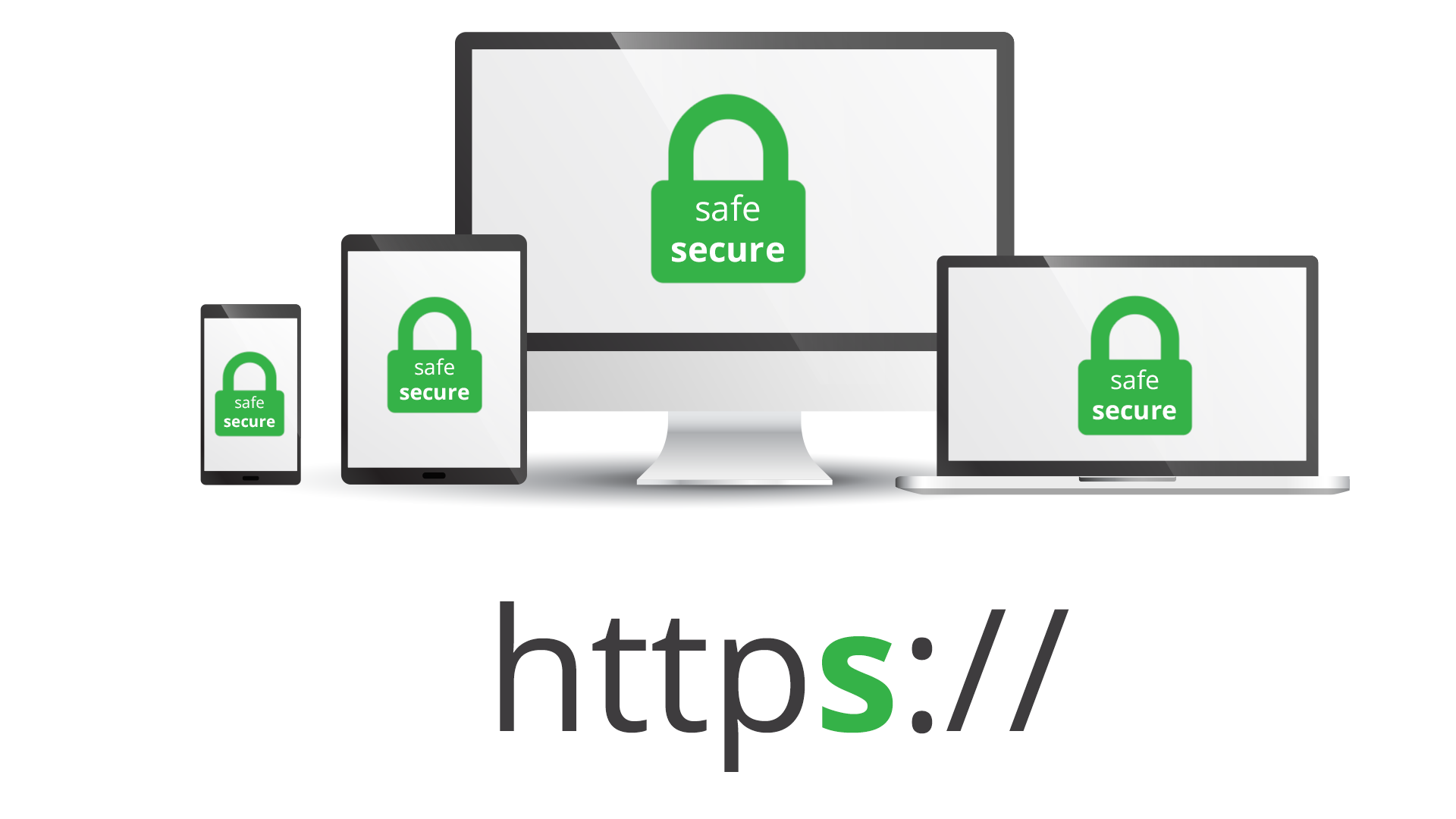
Dedicated servers offer the best solution for websites that need heavy processing. Dedicated servers give you full control of the server resources, including RAM, disk, and bandwidth. They can be expensive. It's important to learn how to select dedicated servers that are right for your business.
The best dedicated services are those with a high security level, low latencies, and rapid speeds. The features most business owners seek are those that offer high security, low latency and fast speeds.
The most important aspect of any hosting service is speed and uptime, because the performance of your website directly correlates with what your customers experience. The best providers will provide high-quality hardware for dedicated servers and guarantee a high level of uptime, so that you can be sure your website is always accessible to customers.
Security: Because dedicated servers don't share storage or bandwidth with other users, they are more secure. This makes them the perfect choice for websites with high traffic and frequent attacks. Also, they come with strong security features such as data encryption protocol and firewalls.

Customization: You can customize the server to your needs and install software such as a content management system (CMS), a server control console, and other programs. You can also upgrade your server or add more resources when needed.
Bandwidth & Storage Space: You'll need enough space to store all your files, photos and videos on your server. A good provider will give you at least 1 TB of storage and generous bandwidth.
Memory: At least 5GB RAM is recommended to begin with, plus additional RAM for each user. If you are deciding what amount of RAM to purchase, it is important to consider the requirements of your OS and apps.
Solid State Drives - SSDs offer faster performance, are more energy efficient and save power. These drives are more costly than HDDs but have higher capacities and can handle larger amounts of data.
Backup: You should have at least one daily backup of all of your files and data. You can also get automatic nightly backups from the best providers, saving you time if there is a disaster.

Support: The best dedicated server providers will offer you a range of support options including live chat, email, and phone support. You can get answers to your questions quickly with these options.
No Setup fee: Dedicated server are already expensive. Hosting companies that do not charge a set-up fee can save you money. Some dedicated server providers offer free setups so that you can get started right away.
In addition, many of the top dedicated servers offer a free lifetime domain. This will save your money because you won't pay for a name every year.
All of the providers on our list have a wide range of hardware and options. All of the providers on our list offer a wide range of hardware and options, so they have something for everybody. Some offer managed hosting services so you don’t have to worry if your OS needs updating or other maintenance.
FAQ
Should I hire a web designer or do it myself?
If you are looking to save money, don't spend on web design services. However, if you are looking for high-quality results, hiring someone to design your website might not be worth it.
It is possible to create websites without hiring expensive professionals.
If you're willing, you can learn how you can make a site that is beautiful using free tools like Dreamweaver.
Consider outsourcing your project to an experienced freelancer web developer who charges hourly instead of per-project.
Can I build my website using HTML & CSS?
Yes! If you've followed the steps, you should now be able create your website.
Now that you are familiar with how to create a website's structure, you will also need to be familiar with HTML and CSS programming.
HTML stands for HyperText Markup Language. It's like creating a recipe for a dish. It would list the ingredients, directions, and how to do it. HTML also tells a computer what parts of text should be bolded, underlined or italicized. It is the language used to describe documents.
CSS stands for Cascading Style Sheets. It's like a stylesheet for recipes. Instead of listing each ingredient or instruction, you will write down the general rules for font sizes and spacing.
HTML tells your browser how to create a web page. CSS tells you how.
Don't be afraid to ask questions if you don’t understand any of these terms. Follow these tutorials to create beautiful websites.
Can I use a framework or template on my website?
Yes! Yes! Many people use pre-built frameworks or templates when creating websites. These templates contain all the code needed to display information on your page.
These are some of the most requested templates:
WordPress – One of the most well-known CMSes
Joomla - Joomla is another popular open-source CMS
Drupal - A large-scale enterprise solution that large businesses use
Expression Engine is a Yahoo CMS that allows you to create custom CMS sites.
You will find hundreds of templates for each platform. So it shouldn't be hard to choose the right one.
WordPress is a CMS.
Yes. It's a Content Management System (CMS). A CMS allows you to manage your website content from within a web browser instead of using an application such as Dreamweaver or Frontpage.
WordPress is free! Hosting, which is usually provided by your ISP, is free.
WordPress was originally designed to be a blogging platform. However, WordPress now offers many options including eCommerce sites and forums, membership websites, portfolios and portfolios.
WordPress is easy to install and set up. To install WordPress, you will need to download the installer file from their website. Once it is downloaded, upload it to your server. You can then visit your domain name using your web browser to log in to your new website.
After installing WordPress, you'll need to register for a username and password. Once you have logged in, a dashboard will appear where you can view all of your settings.
You can now add pages, posts and images to your site. You may skip this step if you feel comfortable editing and creating content.
You can, however, hire a professional Web designer to handle the whole thing if your preference is to work with another person.
How do I create my own website?
It depends on what type of website you want to create. Do you want to sell online products, start a blog, build a portfolio, or both?
An essential website can be created using HTML and CSS. This is a combination of HyperText Markup Language (HTML) and CascadingStyle Sheets (CSS). You can create a simple website with HTML and CSS. But most web developers recommend using a WYSIWYG editor (such as Dreamweaver, Frontpage).
A freelance developer may be the best choice if you don't have any experience in designing websites. They will help you design a website that suits your specific needs.
Freelance developers can charge either an hourly or a flat fee. The cost of hiring a freelancer varies depending on how much work they complete within a given timeframe.
For example, some companies charge $50-$100 per hour. You'll usually get higher rates for larger projects.
Many freelance websites also list open jobs. There are many websites that list available jobs.
How much do web developers make?
When working on a website for yourself, you'll probably earn around $60-$80 per hour. However, if you wish to charge more, you can become an independent contractor. The hourly rate could be anywhere from $150 to $200
What is a static web site?
A static website can be hosted anywhere, including GitHub Pages, Amazon S3, Google Cloud Storage, Windows Azure Blob storage, Rackspace Cloud Files, Dreamhost, Media Temple, and others. In addition, you can also deploy a static site to any platform that supports PHP, such as WordPress, Drupal, Joomla!, Magento, PrestaShop, and others.
Static web pages are usually easier to maintain because they're not constantly sending requests back and forth between servers. Because they don't send any requests back-and-forth between servers, static web pages load much faster. Static web pages are better for small businesses that don't have enough resources or the time to maintain a website.
Statistics
- In fact, according to Color Matters, a signature color can boost brand recognition by 80%. There's a lot of psychology behind people's perception of color, so it's important to understand how it's used with your industry. (websitebuilderexpert.com)
- It's estimated that chatbots could reduce this by 30%. Gone are the days when chatbots were mere gimmicks – now, they're becoming ever more essential to customer-facing services. (websitebuilderexpert.com)
- When choosing your website color scheme, a general rule is to limit yourself to three shades: one primary color (60% of the mix), one secondary color (30%), and one accent color (10%). (wix.com)
- Studies show that 77% of satisfied customers will recommend your business or service to a friend after having a positive experience. (wix.com)
- It's estimated that in 2022, over 2.14 billion people will purchase goods and services online. (wix.com)
External Links
How To
How to become a web designer?
A website isn't just a collection HTML code. A website is more than just HTML code. It's an interactive platform which allows you to interact with users and provide valuable content.
Websites can be more than just a means of delivering information. It should also serve as a portal to your company. It should allow customers to quickly find what they need, while also showing how you want them interact with your business.
The best websites let visitors do exactly what it says on the tin: find what they are looking for, then go.
This goal will require you to master technical skills and aesthetics. It is necessary to be familiar with HTML5 and CSS3 coding, as well as the most recent developments in JavaScript and other programming languages.
A variety of tools are required, including InDesign, Photoshop, Illustrator and Fireworks. These tools enable designers to create website graphics and layouts. Finally, you will need to create your style guide. This includes everything from fonts and colors to layout.
If you're interested in becoming a web designer, start by reading articles on the topic, taking online courses, or enrolling in college programs.
While it may take several months to complete your degree program completely, once you have it, you are ready to go into the workforce.
And don't forget to practice! Your ability to design will make it easier for you build amazing websites.